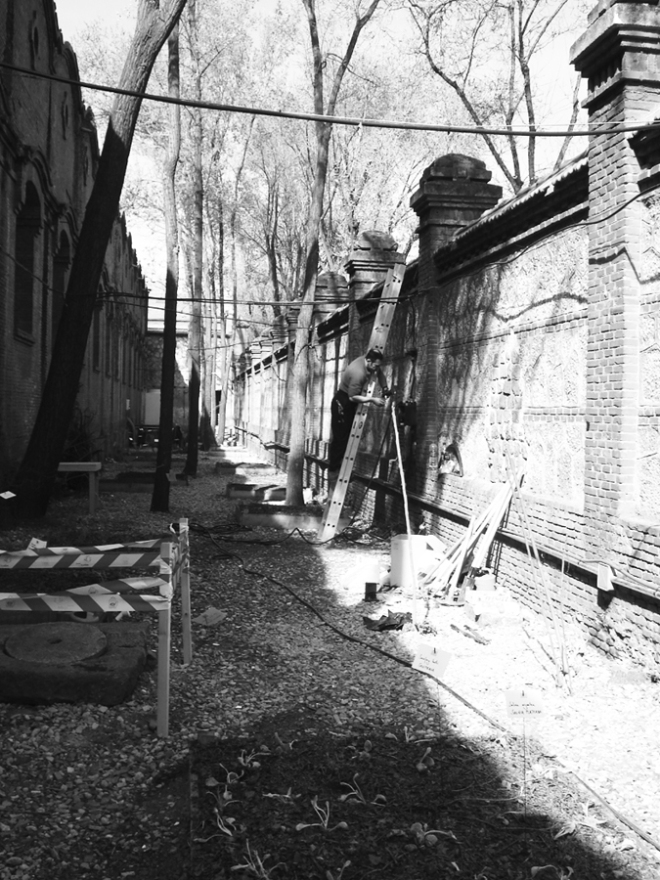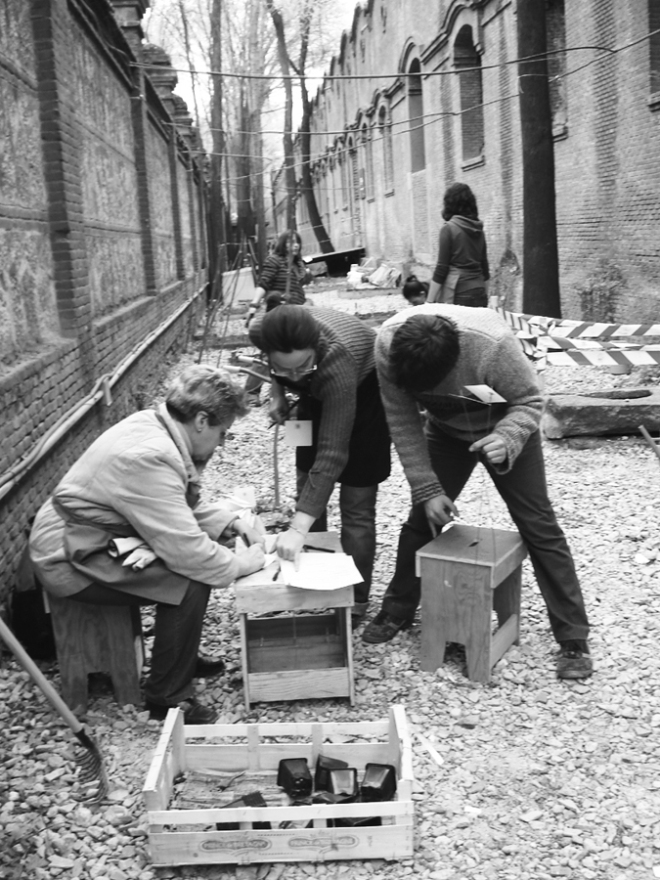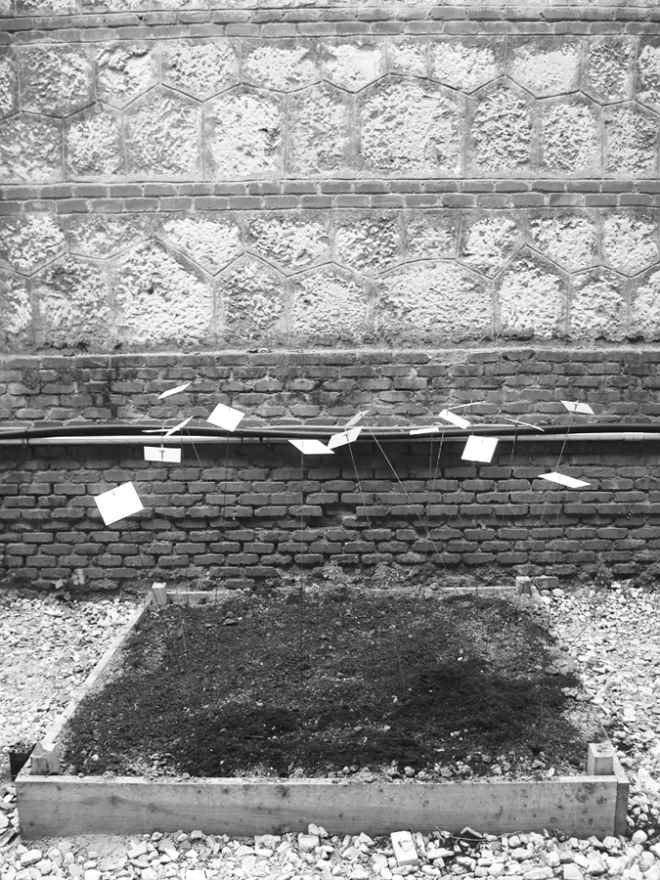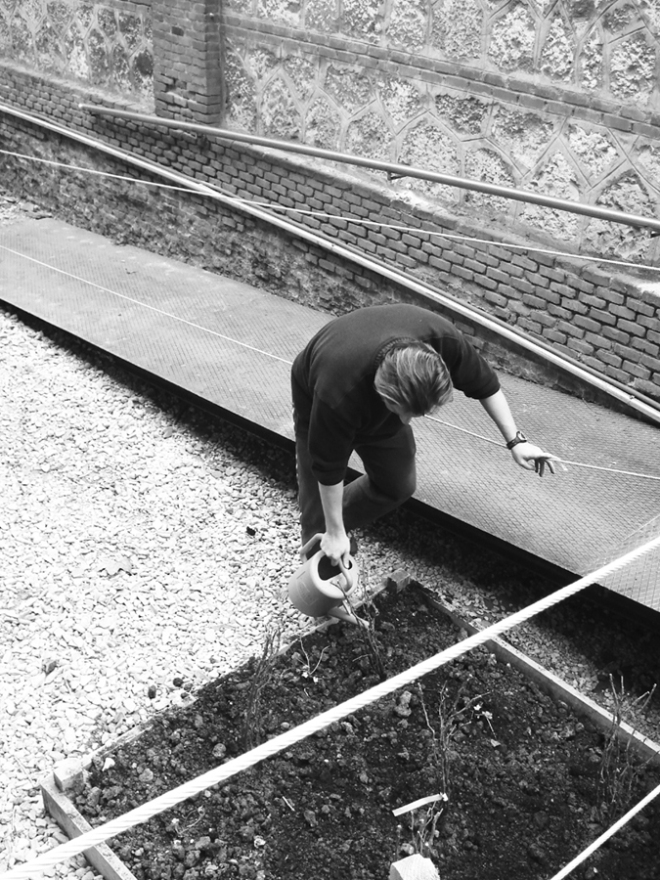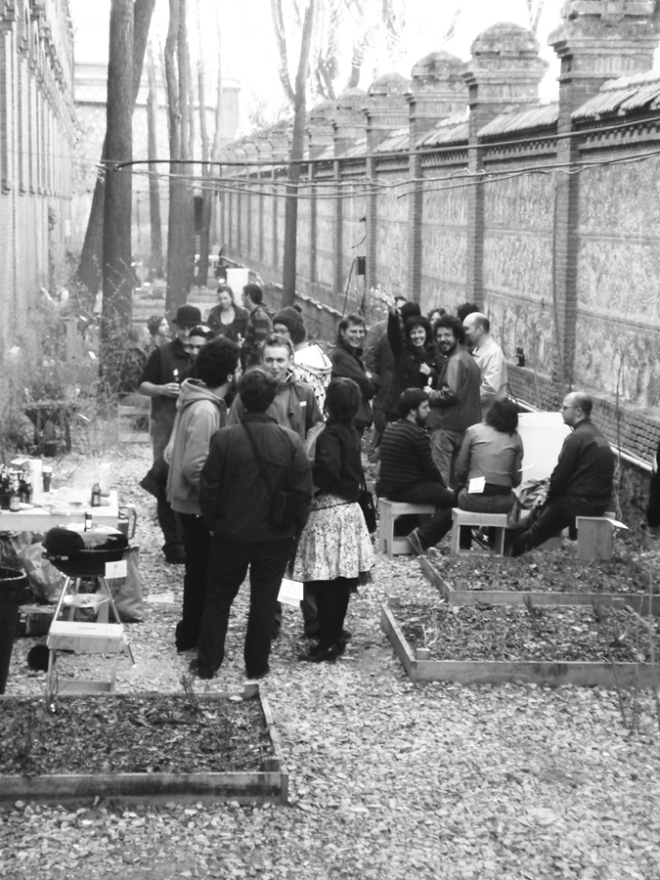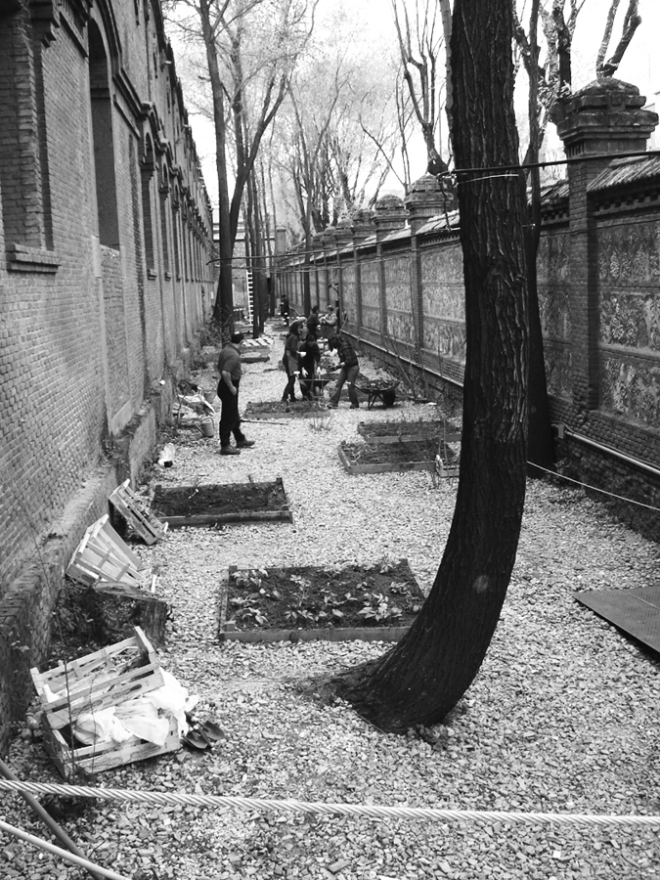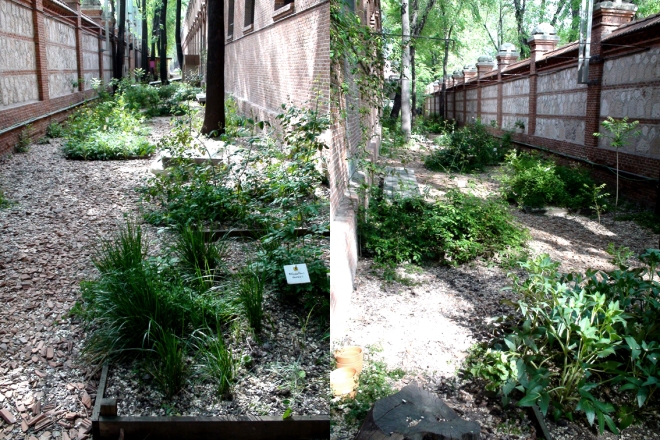Radicant design can make do with these sites. Instead of creating an oeuvre, radicant design evolves along with continuous inquiries, interventions and evaluations into a dialogue. This evolution and the related design processes are as much part of the work as the various elements, persons. materials, events, memories, and atmospheres. The work cannot be described as a classical form; it is a progressing form. Its authorship is blurred: the classical framework of designers, clients, and public no longer fits — all are co-creators. Not that these evolutive and cooperative work modes would be unfamiliar to landscape architects — on the contrary, but they didn’t propel 20th-century landscape discourses. Let’s do so now with Bourriaud who calls the ethical mode of altermodernity ‘translation’ and its aesthetical expression the ‘journey-form’. Performative aspects are easily part of a journey-form, as the Seljord Lake Sites project shows – a forgotten place where both the legends of old and the international students’ building activities form the landscape architectural work, to say nothing of the experience of being on the (wondrous) ways that link these minimalistic interventions. The work takes place rather than form.
Lisa Diedrich, Why we shape space (2012)

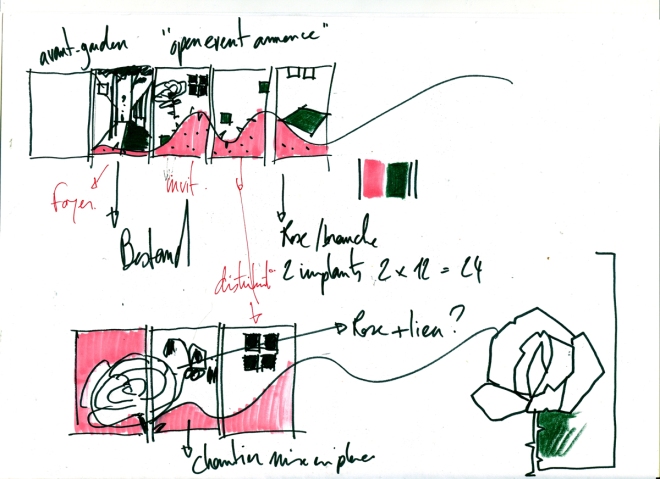
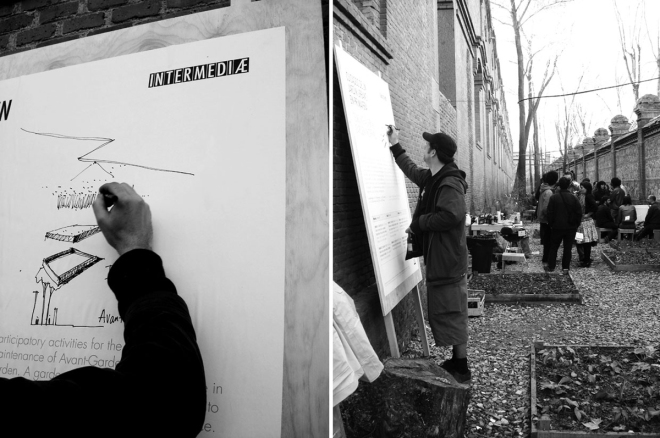
Atelier le Balto, Avantgarden (2012)

